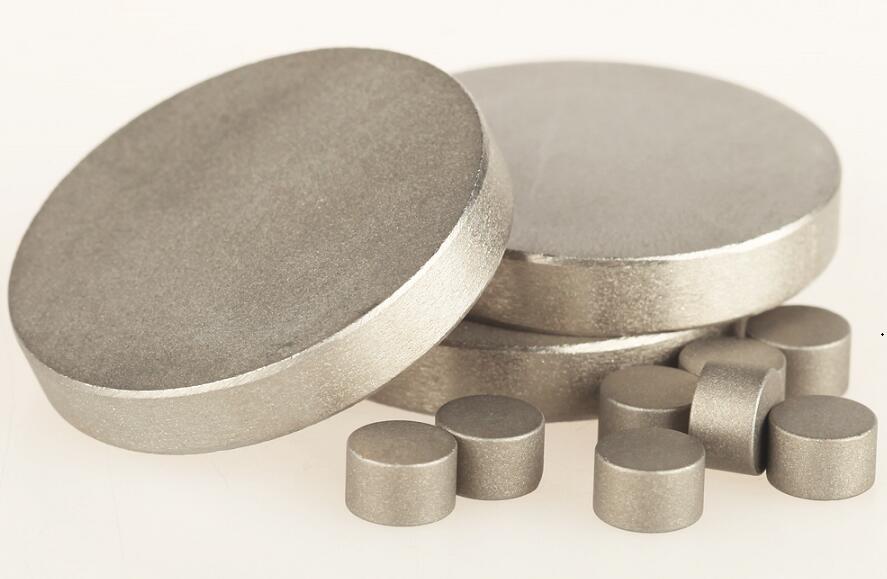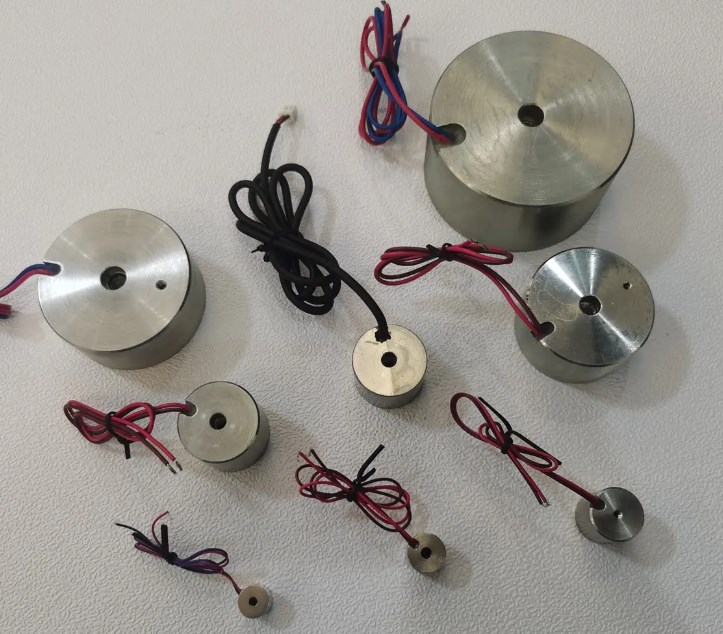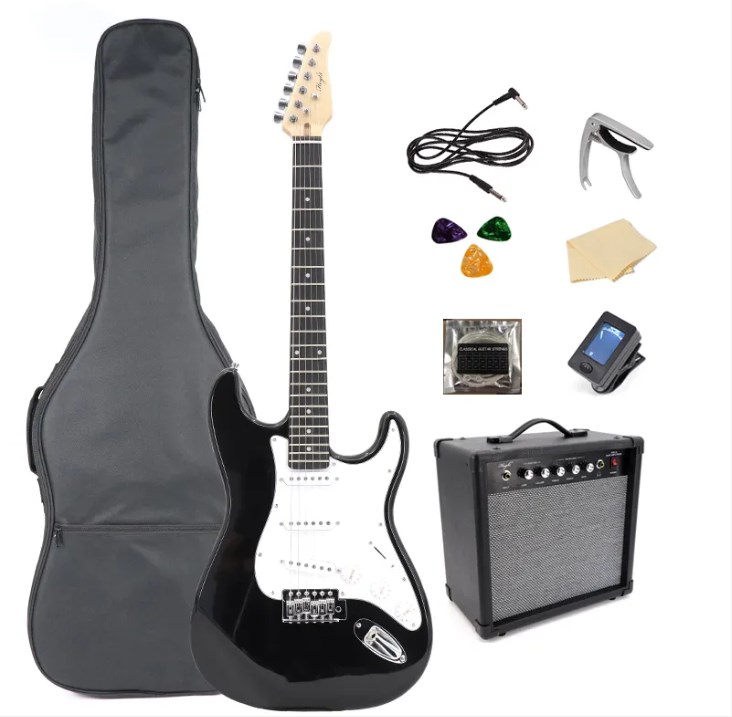How Does Temperature Affect Samarium Cobalt Magnets?
Samarium cobalt magnets are rare earth magnets made from samarium, cobalt, and other metallic rare earth materials. They have a high magnetic energy product, a very low-temperature coefficient, and a maximum operating temperature of 350°C. Although their maximum magnetic energy product (BHmax), coercivity, temperature stability, and chemical stability exceed those of the NdFeB magnets when the working temperature is above 180℃, the surrounding temperature still has an important influence on their performance. Then how does temperature affect Samarium Cobalt Magnets? In this article, we'll try to find the answer to this question.
 How Does Temperature Affect Samarium Cobalt Magnets?
How Does Temperature Affect Samarium Cobalt Magnets?
Samarium Cobalt magnets certainly come into their own at high operating temperatures and their performance will begin to exceed that of special high-temperature neodymium magnets from 150 degrees Celsius. Although samarium cobalt magnets are not as strong as other rare earth magnets such as neodymium magnets, they can still remain magnetic at temperatures much higher than the threshold of neodymium magnets and can withstand temperatures as high as 350 degrees Celsius.
The temperature coefficient for Samarium Cobalt is approximately -0.04% per degree C rise in temperature and this loss is fully recovered if the maximum operating temperature is not exceeded. Due to its thermal stability, SmCo Magnet is the preferred Magnet for many demanding applications such as motors and generators in the manufacturing, automotive, and aerospace industries where operating temperatures are very high.
Samarium cobalt magnets not only perform well at high temperatures, but they also retain their magnetic properties even below absolute zero (-237 degrees Celsius), which makes them popular in low-temperature applications.
 How Does Temperature Affect Samarium Cobalt Magnets?
How Does Temperature Affect Samarium Cobalt Magnets?
Conclusion
Thank you for reading our article and we hope it can help you to have a better understanding of the influence of temperature on Samarium Cobalt magnets. If you want to know more about Samarium Cobalt magnets or other types of magnets, we would like to advise you to visit Stanford Magnets for more information.
As a leading magnet supplier across the world, Stanford Magnets has been involved in R&D, manufacturing, and sales of magnets since the 1990s. It provides customers with high-quality permanent magnets like neodymium magnets, SmCo magnets, AlNiCo magnets, and ferrite magnets (ceramic magnets) at a very competitive price.















